Fred Kruger was born in Berlin and came to Victoria around 1860. By 1866 he’d taken up photography, and soon began making his name with landscape photographs, some of which went on to win medals at exhibitions in Vienna, Philadelphia, Melbourne and Geelong. As a portraitist, Kruger is mostly known for his photographs of the residents of Coranderrk, an agricultural settlement established near Healesville in 1863 as a result of lobbying on the part of First Nations Elders for land on which dispossessed people could build a community. By the mid-1870s, when Kruger first took photographs there, Coranderrk was a productive farming property, and his portraits would have been read as indicators of their subjects’ ‘successful’ adaptation to non-Indigenous ways. Kruger’s later images, however, reflected the tension that emerged when white authorities, noting Coranderrk’s commercial value, began to call for its closure and the separation and relocation of the community. In this light, Kruger’s portraits – such as this image of Rose Walcoriot (c. 1828–1893), dubbed ‘Queen Rose’, a Watha Wurrung or Wathaurung (Waddawurrung) woman from the Ballarat area – were part of the nineteenth-century practice of documenting people whose disappearance was held to be inevitable. This photo, consequently, is one of twelve which featured in Kruger’s Album of Victorian Aboriginals, Kings, Queens & c., which was pitched at a white, souvenir-hunting audience. Subsequently, however, Kruger’s portraits have assumed a far more powerful and enduring significance for descendants of his sitters as tangible links to Elders and ancestors – and as proof of cultural survival and continuity.
Purchased 2017



On one level The Companion talks about the most famous and frontline Australians, but on another it tells us about ourselves.
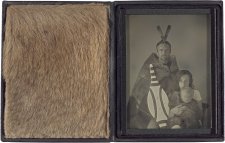
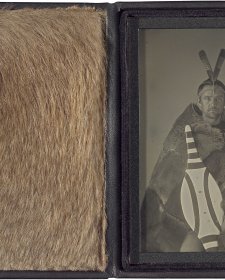
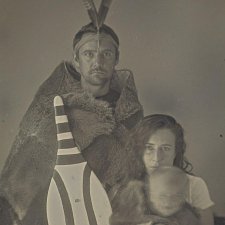
This sample of 56 photographs takes in some of the smallest photographs we own and some of the largest, some of the earliest and some of the most recent, as well as multiple photographic processes from daguerreotypes to digital media.

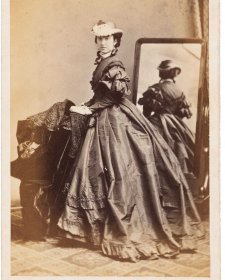
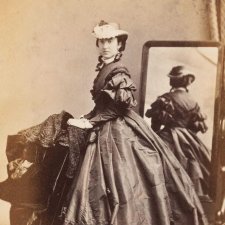
Drawn from the NPG’s burgeoning collection of cartes de visite, Carte-o-mania! celebrates the wit, style and substance of the pocket-sized portraits that were taken and collected like crazy in post-goldrush Australia.